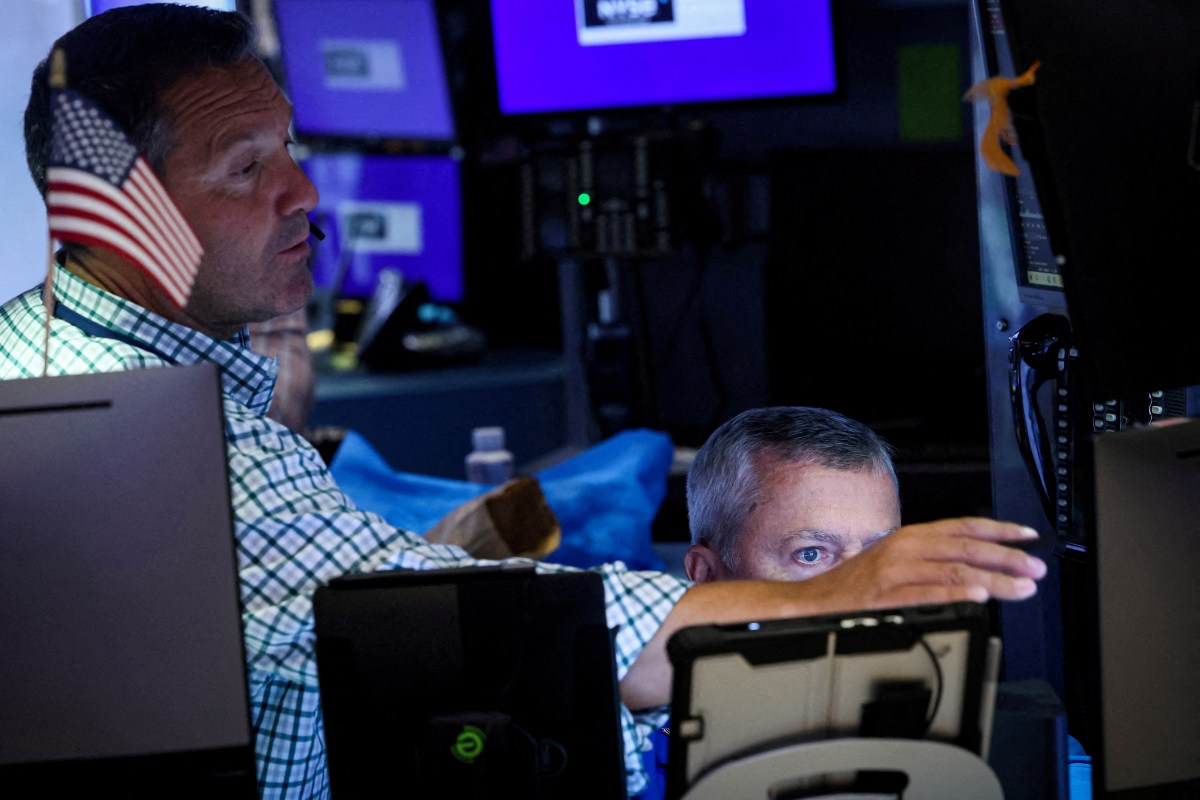BERLIN (Reuters) – Robust exports helped Germany eke out 0.1% growth in the final quarter of last year, staving off contraction despite a second wave of the new coronavirus slamming the brakes on consumption in Europe’s largest economy, the Federal Statistics Office said.
Goods exports and construction supported the economy while a renewed lockdown at the end of last year hit private consumption, the Office said on Friday. A Reuters poll had pointed to 0.0% fourth-quarter growth.
In the third quarter, the economy grew 8.5%.
“In Q4, this recovery was slowed by the second coronavirus wave and the renewed lockdown at the end of the year,” the Statistics Office said.
“This particularly affected private consumption, while goods exports and construction investments supported the economy.”
The German government on Wednesday slashed its growth forecast for Europe’s largest economy to 3% this year, a sharp revision from last autumn’s estimate of 4.4%, caused by a second coronavirus lockdown.
Presenting the revised forecast, Economy Minister Peter Altmaier said he expected the upswing to continue in 2022 and for the economy to regain its pre-crisis level in the second half of next year.
Germany suffered its second-biggest economic plunge in post-war history last year.
Chancellor Angela Merkel and state leaders agreed last week to extend the latest lockdown until mid-February as Germany, once a role model for fighting the pandemic, struggles with a second wave and record daily numbers of COVID-19 deaths.
The economy shrank by a smaller-than-expected 5% last year. That was surpassed in the post-war era only by the record -5.7% in 2009, during the financial crisis.
A survey published on Monday showed German business morale slumped to a six-month low in January as the second wave of COVID-19 halted an economic recovery.
(Reporting by Paul Carrel; editing by Thomas Seythal)





















